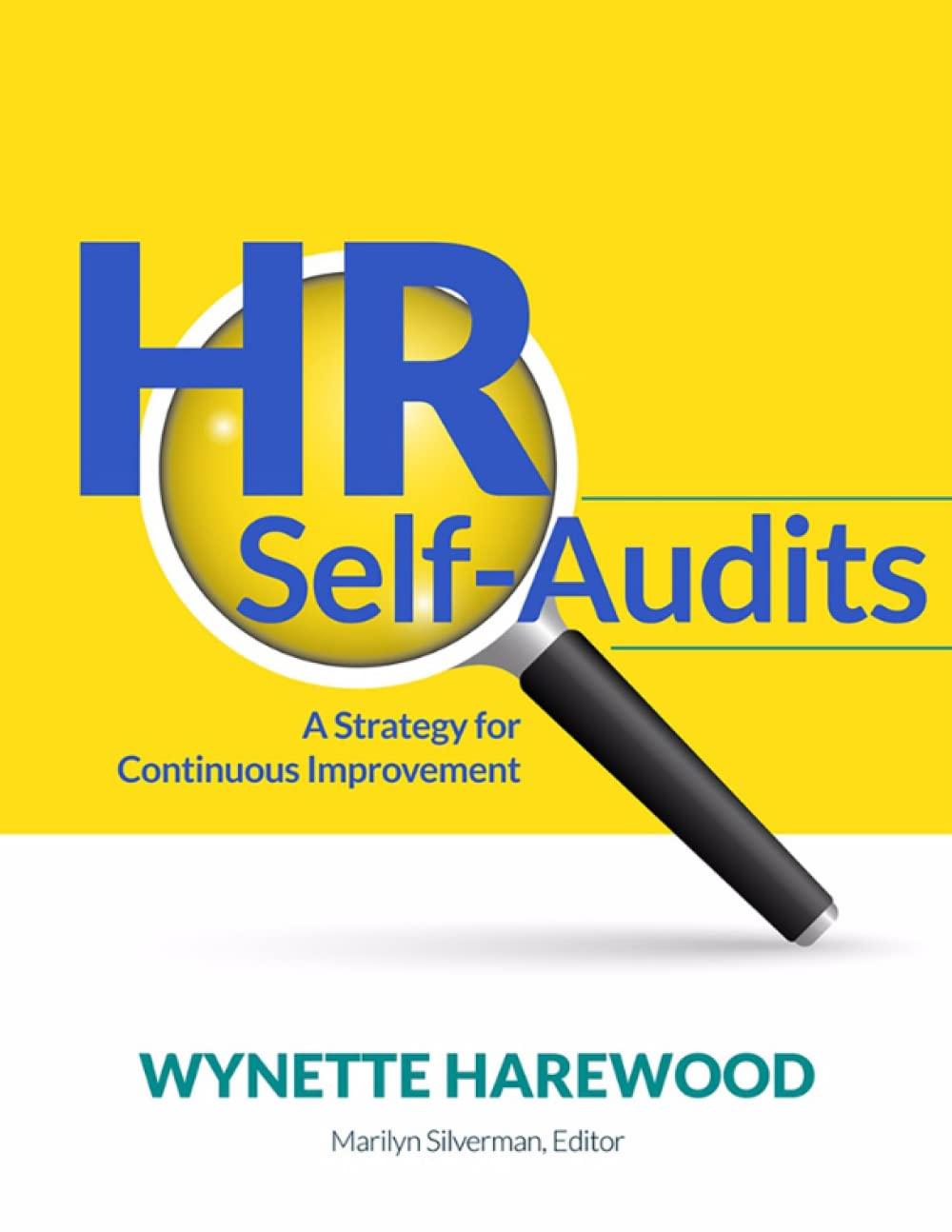Question
Multiple choice questions (5 points each, spend on avg. 2.5 minutes per question) Choose the best answer for each of the following. 1.Which of the
Multiple choice questions (5 points each, spend on avg. 2.5 minutes per question)
Choose the best answer for each of the following.
1.Which of the following procedures is not consistent with a good cash internal control system?
- a. Carrying a balance in the checking account equal to one month's total cash disbursements to limit the risk of overdrawing the account.
- b. Separating the responsibilities for cash-handling and cash-recording activities.
- c. Timely deposit of cash received.
- d. Periodic audits of cash accounts and bank reconciliations.
- e. Separating the responsibilities of check preparation and check signing.
2.Which of the following is true regarding the petty cash fund?
- a. Journal entries are recorded each time money is needed from the petty cash account.
- b. After the initial entry is made to set up the petty cash account, the balance in the petty cash account stays constant until a decision is made to increase the fund or decrease the fund.
- c. There is no need for internal controls if a petty cash fund is used.
- d. The petty cash fund would most likely be used to pay suppliers for large inventory purchases.
- e. At month end, the petty cash fund is cleared to zero.
3.In the bank reconciliation process, which of the following would cause the bank balance shown on the bank statement to be higher than the book balance?
- a. Outstanding checks.
- b. NSF checks from a customer, reported on the bank statement.
- c. Service charges reported on the bank statement.
- d. Deposits in transit.
- e. Cash on hand at the company.
4.BarbCo sells golf balls to Pop's Shop under the terms 3/10 n/40. These terms imply which of the following:
- a. Pop receives a 3% discount if he pays after 10 days.
- b. BarbCo expects the balance to be paid within 10 days or there is a 40% penalty.
- c. BarbCo will accept 97% of the bill as payment in full if received within 10 days.
- d. Pop receives a 10% discount if he pays within 10 days.
- e. BarbCo will give Pop 3 days to pay 10% of his balance and the rest is due within 40 days.
5.Which of the following is true regarding the "Accounts Receivable" approach for handling bad debts under the Allowance Method:
- a. It is the only method allowed by generally accepted accounting principles.
- b. It gives the best estimate of the net realizable value of the accounts receivable on the balance sheet.
- c. It does not require estimates of uncollectible accounts.
- d. It uses the existing balance in the allowance for doubtful accounts.
- e. Both b and d are correct.
6.Which of the following pairs of methods of accounts receivable financing are the least similar?
- a. assignment of accounts receivable AND factoring of accounts receivable without recourse.
- b. factoring of accounts receivable with recourse accounted for as a loan AND assignment of accounts receivable.
- c. factoring of accounts receivable with recourse accounted for as a loan AND factoring of accounts receivable with recourse when the FAS125 criteria are not met.
- d. factoring of accounts receivable without recourse AND factoring of accounts receivable with recourse accounted for as a sale.
- e. both b. and d. are the least similar.
7.IWANTCASH Co. factored its accounts receivables with recourse and the transfer did not meet the criteria set forth in FAS125. Which of the following statements is true regarding the financial statement effects of this transaction.
- a. The debt/equity ratio is higher immediately after the transfer.
- b. IWANTCASH Co. will recognize the cost of the transfer over the life of the loan as interest expense.
- c. IWANTCASH Co. will remove its accounts receivable balance from its financial statements.
- d. IWANTCASH Co. will bear no additional risk of bad debts for the factored accounts receivable.
- e. Both a and b are correct.
8.Accounts receivable are normally reported at the:
- a. Present value of future cash receipts.
- b. Current value plus accrued interest.
- c. Ultimate expected amount to be received.
- d. Current value less expected collection costs.
- e. Historical cost.
9.Collections of accounts receivable that previously have been written off are credited to:
- a. A gain account.
- b. Accounts receivable.
- c. Bad debts expense.
- d. Retained earnings.
- e. Allowance for bad debts.
10.According to DuPont analysis, a company is effectively leveraging when:
- a. The return on assets exceeds the return on shareholders' equity.
- b. The return on shareholders' equity exceeds the return on assets.
- c. The return on shareholders' equity is increasing.
- d. The return on assets is increasing.
- e. The inventory turnover ratio is increasing.
Step by Step Solution
There are 3 Steps involved in it
Step: 1

Get Instant Access to Expert-Tailored Solutions
See step-by-step solutions with expert insights and AI powered tools for academic success
Step: 2

Step: 3

Ace Your Homework with AI
Get the answers you need in no time with our AI-driven, step-by-step assistance
Get Started


